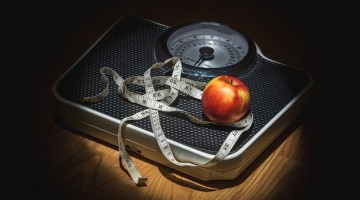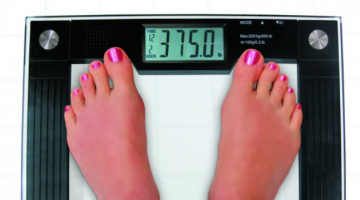Great nutrition is something we all want and it is as easy as this one thing.
Some of the world’s most highly regarded nutritional scientists at Imperial College London say dietary fiber is “the best health advice of all time”!
What is it about fiber that is so important? Soluble fiber dissolves in the stomach and can help lower blood cholesterol and glucose levels. Insoluble fiber passes through the digestive system, supporting a faster assembly line that moves waste out, reducing the risks for hemorrhoids and colon disease that creep up when hard stools loiter the bowels.
Experts agree that women need about 25-30 grams of fiber daily, and men about 30-35 grams. Children need substantial fiber too. But on average, North Americans are consuming only 15 grams of fiber a day.
Instead, most people are choosing too much processed food – white flour, sugar, low-quality breakfast cereal, chips, pies, processed meat, and ready meals, to name a few. One must shake the head when the benefits of fiber have been known for so long.
Dr. Denis Burkitt, an Irish researcher, reported decades ago that even disadvantaged populations in Africa consumed large amounts of fiber and had healthy bowel movements. Unlike better off Europeans, they did not suffer from constipation, and it was rare to see appendicitis and large bowel problems.
Most people won’t remember the King George V battleship chasing the German battleship Bismarck in World War II. But the British captain was also a medical expert. He brought sacks of bran on board to fight the common ailment at sea of constipation. The bowels of the battleship and the sailors performed very well!
Going back further in history, Hippocrates, who lived from 460-370 BC, told the people of Athens that to keep healthy they should have large bulky bowel movements. He scrutinized the stools of his patients to diagnose problems and recommended bread, fruits and vegetables.
Today we know that whole wheat, fruits and vegetables are high in fiber. Bananas, tomatoes, prunes, celery and roasted almonds are also good choices. Don’t forget the old adage, “An apple a day keeps the doctor away.” The reason? An apple can contain over 3 grams of fiber.
Be sure you’re not fooled by food labels. Look for the words “whole grain” or “whole wheat” on bread. One slice contains about two grams of fiber. Breads that are labelled “multigrain” may contain little or no fiber.
How do you know if you’re getting sufficient fiber? Be like Hippocrates and have a look in the toilet bowl. Small, hard, stools are a problem. A high fiber diet will result in regular soft stools having the texture of bananas.
Fiber also fights obesity. One apple loaded with fiber has a filling effect. Wait a few minutes after eating one to note how it eliminates the hunger reflex.
Get “fiber smart” and begin the day with a bowl of high fiber cereal along with a banana, blueberries, or other fruits and nuts. Then select meals at lunch and dinner that provide more fiber. Pass on the processed options. Desserts don’t need to be loaded with unhealthy calories. Apple crumble is an example of a high fiber dessert.
No one can claim that fiber is bad for your health. But keep in mind that adding too much fiber too quickly could cause a commotion in the bowels in the form of intestinal gas and bloating. Increase fiber in the diet gradually.











